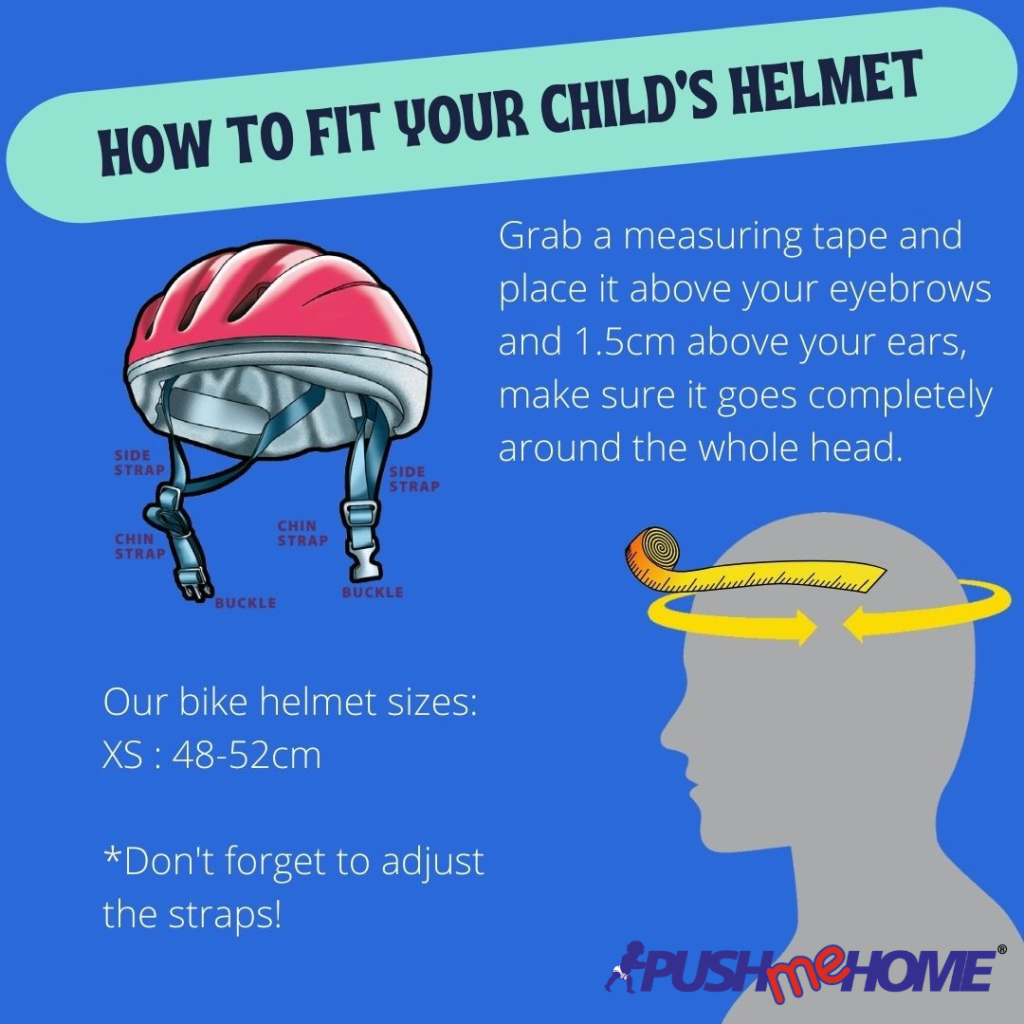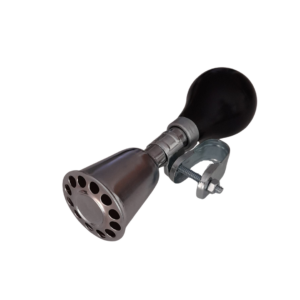Crashes and falls are all part and parcel of learning to ride a bike. Although a few scrapes and grazes are to be expected, bike riding also comes with the risk of much more serious injury.
According to the Bike Helmet Safety Institute, from 2006 – 2015, more than 2 million children aged between 5 and 17 were hospitalised for bicycle-related injuries. The most common injuries were to the arms (36%) and legs (25%), followed by the face (15%), head and neck (15%).
Although cuts, grazes, bruises, and scrapes are the most common injuries associated with bike riding, bike riding injuries can also be a lot more serious. Traumatic brain injuries, which can be very serious, accounted for around 11% of the more than 2 million total injuries sustained in this period.
In addition, around three quarters of all bicycle-related deaths in children and young people are related to head injuries, of which the majority could have been prevented if the person was wearing a helmet.
The good news is that there is one very easy thing that you can do to protect your child from these more serious bicycle-related injuries – and that is making them wear a helmet!
In fact, research shows that people who wear bicycle helmets are far less likely to sustain serious injuries to the head and neck than those who do not wear a helmet. This is because the protective barrier created by the helmet significantly reduces the impact, and protects the head and brain in the case of a fall. It is for this reason that it is compulsory in Australia to wear a helmet when riding a bike.
You want to keep your child safe when they’re learning to ride a bike. That’s why an appropriate securely fitted kids’ bike helmet should be considered a must-have when it comes to your child’s bike safety strategy.

To be sure your child is protected by their helmet though, it is important that you also take into account bike helmet safety. This relates to things like ensuring the helmet is correctly fitted, and keeping the helmet in a good condition.
Here are our top tips for bike helmet safety.
Choosing a kids’ cycling helmet
Bicycle helmets come in a variety of styles and colours. Generally though, they will be made up of the same structure of:
- An impact-absorbing expanded polystyrene core in the inner lining (which gives the helmet its impact-resistant and shock-absorbing capabilities)
- A polycarbonate, composite fibre, or fibreglass outer layer (all of which are also impact-resistant)
- A soft foam interior (which provides a comfortable fit)
When choosing a bicycle helmet for your child, it’s important that you choose one that fits properly, as one that does not have the correct fit will not provide the same level of protection in the case of a fall.
All kids’ bicycle helmets will be sized based on head circumference. To measure your child’s head, use a tape measure to measure the distance around your child’s whole head. You should be measuring above the eyebrows, approximately 1.5cm above the ears. You will then need to find a helmet that corresponds with that measurement.
The helmet should sit squarely and flush on top of the head, and have a snug fit, without being too tight. Usually, kids’ bicycle helmets will have a dial at the back of the helmet that can be used to adjust the fit of the helmet if it needs tightening or loosening slightly.
You can also adjust the side and chin straps to achieve the perfect fit. A perfectly fitting helmet should have approximately a finger width of room between your child’s chin and the strap. Any less, and it may be too tight, and any more, and it may be too loose.

Once you’ve found a helmet that fits, the last thing you need to do before buying is check that your kids’ cycling helmet meets the required standards. In Australia, the required standard for bicycle helmets is the AS/NZS 2063;2008.
This standard sets out the minimum requirements that any bicycle helmet needs to meet in order for it to be considered compliant. A compliant helmet will have been assessed for its performance under impact, to ensure it protects your child’s head in the case of an accident.
Usually, there will be a sticker inside the helmet that states whether or not the helmet complies with this standard.
It is recommended that you buy bicycle helmets new, as new helmets afford the greatest level of protection. If you are going to be providing your child with a used or second hand helmet, it is important that you first check the helmet for any cracks or breakages. If any damage is present, the helmet is not safe to use, as it will not provide the correct protection in a crash. Helmets should also not be used if they have sustained previous impact.
Keeping kids’ cycling helmets in good condition
Usually, bicycle helmets will come with care instructions (either as a printed pamphlet or sticker inside the helmet). However, if your helmet does not come with any care instructions, the following are some general care instructions for keeping kids’ bicycle helmets in safe and usable condition:
- Store in a cool, dry place away from exposure to extreme heat
- Avoid using chemical products to clean the surface of the helmet, as this could damage the integrity of the helmet
- Avoid applying stickers to the helmet or painting it for the same reason
- Discard the helmet if you notice any cracks or damage, or if it sustains any kind of impact





